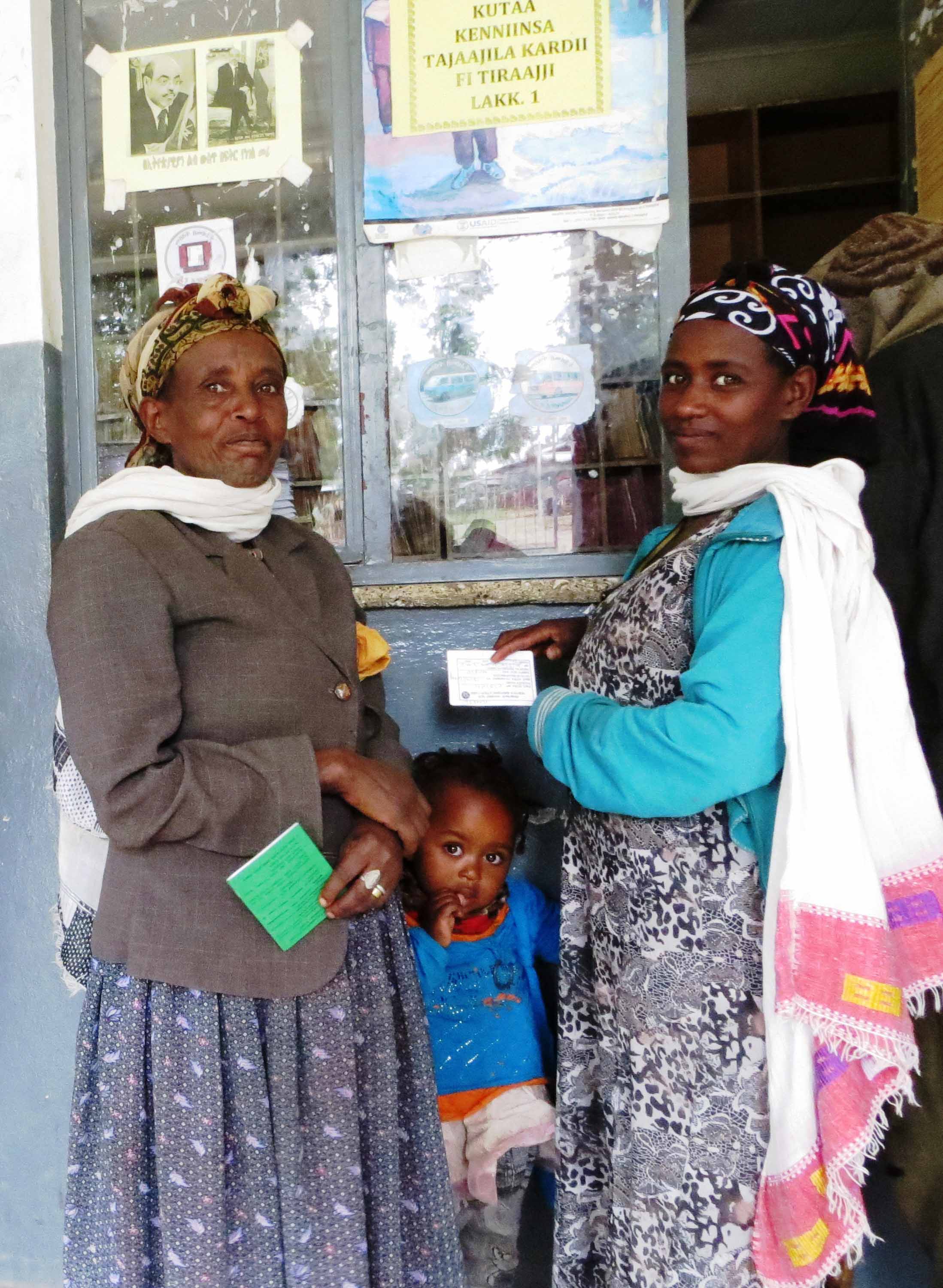Accelerating progress toward UHC and family planning goals

In the march toward universal health coverage, family planning advocates have an opportunity to make sure that services are covered. To be successful, advocates need a greater understanding of the underlying elements of health financing initiatives that affect coverage.
A new SHOPS Plus brief examines common health financing mechanisms within the context of UHC and how the full range of family planning services could be made accessible, particularly to underserved populations.
While there are many pathways toward UHC, there are three basic dimensions to ensuring that all people can access quality health services without financial hardship. Each dimension poses challenges to policymakers: who is covered, what services are covered, and to what degree are the costs covered? The pathway chosen by each country varies, but all countries face challenges regarding resource mobilization, the political environment, efficient use of resources, equity, and access. This leads to making tough trade-offs between population coverage, service coverage, and financial protection.
Typically, family planning has been excluded from the benefits package of nascent government-sponsored health insurance programs, and private providers, an important source of services, have been underutilized in programs that support UHC. This is especially true of small and medium-sized private providers. Many countries in Latin America and the Caribbean where insurance programs are more mature, however, include family planning in benefit packages. The experience of countries in this region suggests that coverage of family planning increases as insurance schemes mature and scale up.
The components of financing initiatives include the benefit package, payment mechanisms, and the availability of providers. The interplay of these factors determines a program’s ability to offer method choice and meet client needs. Working out the details of health financing initiatives is complex and challenging work. More research is needed, for example, on the effect of emerging payment mechanisms such as capitation on provider behavior and program sustainability.
To satisfy unmet need, family planning advocates can do more to support effective coverage of family planning in government sponsored insurance schemes. Actions they can take are: build the evidence base, commit to an iterative process, promote the inclusion of private providers, and gain a better understanding of the concepts and language of health financing.
Read the new publication.